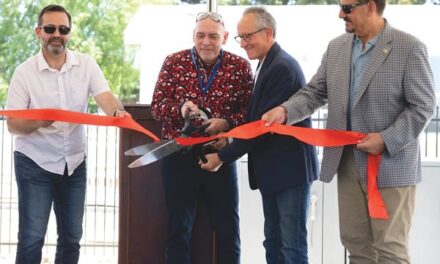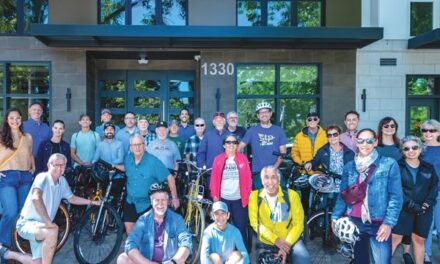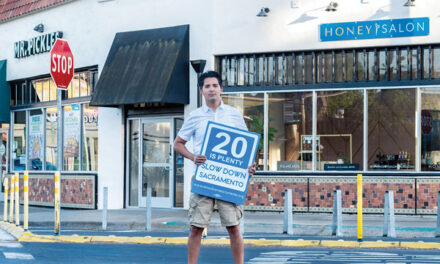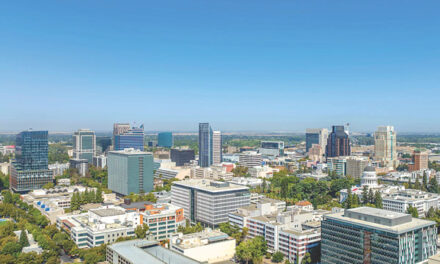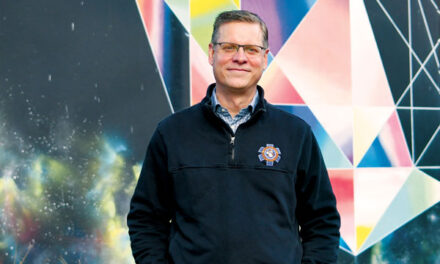Like a lot of people in Sacramento, Marcia Eymann is anxious to find a permanent home, but not for herself or her family. She’s searching for a new place to house the Center for Sacramento History. It’s personal and professional. She’s city historian.
Funded by the city and county, the 25,000-square-foot center is a fascinating, if hidden, repository of local and regional history. But because it’s located in a nondescript strip center north of Downtown with limited exhibit space, most treasures go unseen.
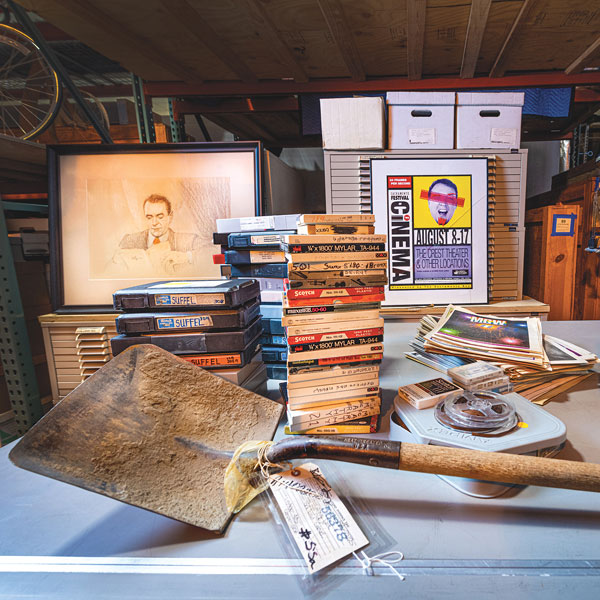
For those lucky enough to spend time with Eymann or her seven employees, it’s easy to wander down a rabbit hole of intriguing exhibits that deserve to be seen by everyone.
There’s the shovel Dorothea Puente used to bury her murder victims. A bed President Ulysses S. Grant slept in at a local hotel. About 8 million Sacramento Bee photos and millions of feet of film, including news clips from KCRA and KOVR. Mortgage, marriage and court records dating from Sacramento’s beginning.
The cramped warehouse-type building that holds these treasures has serious shortcomings. During a 10-day heat wave, Eymann could smell some photo archives melt because the air conditioner couldn’t adequately cool the building.
Founded in 1953, the center is close to the Sacramento and American rivers, so it’s vulnerable to floods. There have been other calamities, such as a cockroach infestation that destroyed some Sacramento Bee archives.
Open to the public for research by appointment only, the center hosts filmmakers from around the world. Ken Burns used it as headquarters for part of his documentary series on World War II. Sacramento was featured in the production.
More recently, LeBron James’ film company came to research the story of Daniel Blue, a freed slave who lived in Sacramento and went to court in 1864 to win the freedom of a 12-year-old girl held nearby. The last known court case involving an enslaved person in California was also notable because Black residents were not allowed to testify in judicial proceedings.
“When they were doing the film, they brought Daniel Blue’s great, great grandson here and we pulled out the assessor’s books and showed him where his property was,” Eymann says. “We pulled out the marriage records so he could see where they signed to get married, and he broke down when we showed him that.
“He said, ‘I never felt like I belonged anywhere until I saw this.’ You have to understand the power of knowing that history. If we had a new facility, we would be able to have those things on display and be able to do more of that.”
The center has an extensive collection of California documents dating from the 1950s. Fascinating relics touch on People’s Park in Berkeley, Robert F. Kennedy’s assassination, Cesar Chavez, Black Panthers, California’s role in the Vietnam War and the Civil Rights era. An extensive collection comes from Joan Didion’s family.
Eymann and staff produce short historical documentaries with local filmmakers about some of Sacramento’s troubled past, including John Sutter’s exploitation of Native Americans, the Ku Klux Klan’s prominence in the 1920s and the fight for fair housing led by legendary local lawyer Nathaniel Colley.
With an annual budget from the city of about $500,000, the center needs more public support and private funds to become a major attraction and revenue-raiser. A centrally located spot where people can visit and learn will make a huge difference.
Rasing money privately has been difficult. The Crocker Art Museum dominates much of the museum philanthropy. But Eymann is determined to try. As she puts it, “It’s been great that all this history has been collected and preserved, but there has to be some recognition of the treasures we have here.”
For information on the Center for Sacramento History, visit centerforsacramentohistory.org.
Gary Delsohn can be reached at gdelsohn@gmail.com. Follow us on Facebook, Twitter and Instagram: @insidesacramento.




